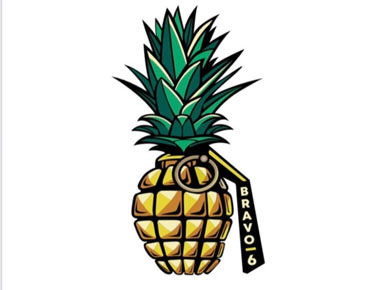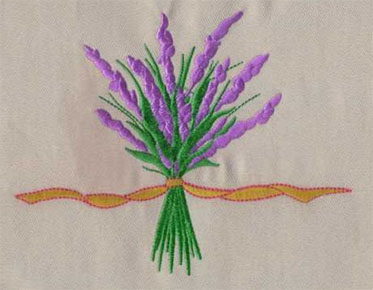How to Optimize Vector Arts for Better Performance and Effects?
Humans are visual creatures, and research supports that fact. Without a doubt, visuals play a critical role in website engagement. However, images can consume a lot of bandwidth, slowing down page-loading speeds. Search engines will notice the slow performance and penalize you with a low ranking. That's why image optimization is essential for improving website performance. In this article, Eagle Digitizing will discuss six ways to optimize images for better web performance and effects.
1. Conduct an image optimization audit
The first step in optimizing your images is to carry out an image optimization audit. An audit will provide you with relevant information on where you need to improve. Start by taking an inventory of the images you have on your site. Relevant tests will diagnose any issues you need to address. For instance, the audit may show that you have too many images, and removing or changing the file formats may significantly improve page loading speeds.
2. Select the appropriate image format
Image files come in different formats, and choosing the right format can make a significant difference in website performance. The three most common types of image formats for web applications that you need to know are PNG, JPEG, and GIF. PNG has the advantage of being a high-quality image, while JPEGs are the most common across most websites and are excellent for complex, colorful images. GIF works well for animations, small icons, and low-resolution images. Eagle Digitizing is very proficient in the area of vector art conversion.
3. Reduce the size and compress the images
Resizing and compressing images are two effective techniques for optimizing images. Resizing images using cropping tools reduces the file size, resulting in a better page-loading speed. Compressing images also helps reduce the file size, but you should be careful not to compress the images too much, as it may distort the image. There are two types of compressions: lossless and lossy. Lossless compression maintains picture quality while removing unnecessary metadata. On the other hand, lossy compression reduces the file size by getting rid of some of the elements, which may compromise picture quality.
4. Optimize images for mobile-first
With Google switching to mobile-first rankings, any optimization steps you take must follow a mobile-first SEO strategy. The images should look the same on any mobile device as on any desktop device. Consider optimizing images for mobile-first, as this will ensure that they look good on the small screen and will look fantastic on a desktop or laptop.
5. The file names of images and it's significant impact on SEO
Image optimization also requires you to pay attention to how you name the files. Incorporate relevant keywords that give information about your business or site. All the actions you take should aim to improve visibility on the search engines.
6. Lazy loading is a technique that you should consider
Lazy loading of images loads only what is relevant at that point, saving on bandwidth usage. The image continues to load the more the online visitor scrolls down the page. Lazy loading helps to improve page loading speeds and, consequently, the user experience.
Image optimization is essential for
improving website performance, and it can significantly impact user engagement
and search engine rankings. By following the six optimization techniques
discussed above, you can enhance your website's performance and provide your
users with an excellent experience. However, if you don't have the time or
skills to optimize your images, you can always turn to professional services
like Eagle Digitizing who provide
both digitizing services for embroidery and vector art conversion services. Their
team of experts can help you optimize your images to enhance your website's
performance and increase your online visibility. With their help, you can focus
on running your business and leave the optimization to the professionals.


